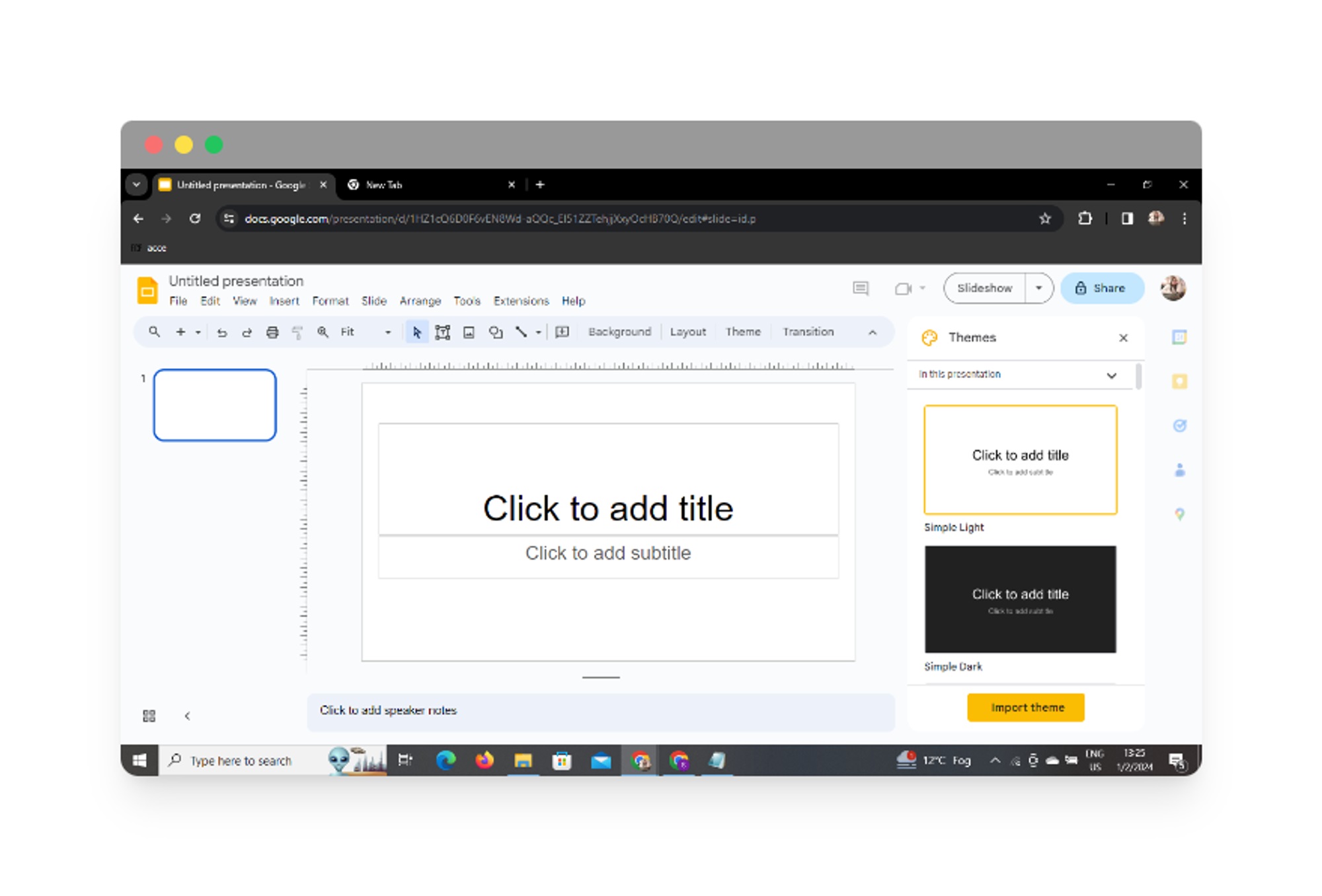Home>How-To Guides>Tips and Tricks>Creating Concise Subtitles


Tips and Tricks
Creating Concise Subtitles
Modified: September 5, 2024
Learn valuable tips and tricks for creating concise subtitles that captivate your audience. Enhance your video content with effective subtitle strategies.
(Many of the links in this article redirect to a specific reviewed product. Your purchase of these products through affiliate links helps to generate commission for Techsplurge.com, at no extra cost. Learn more)
Table of Contents
Introduction
Crafting research article titles is an art requiring careful consideration of clarity, conciseness, and relevance. The title serves as a gateway to the content, providing a concise summary of the study's main focus and significance. This article explores the importance of subtitles in research titles, differences across various medical journals, and practical tips for creating concise and impactful subtitles.
The Importance of Subtitles
Subtitles are crucial in research titles, especially in medical journals. They break down the title into manageable parts, enhancing clarity and readability. A well-crafted subtitle ensures readers quickly grasp the essence of the research.
Historical Context
The use of subtitles in research titles has evolved over time. A study examining differences in title content and form between original research articles in major medical journals found an increase in the proportion of papers with subtitles over the past decade. This trend likely results from increased use of reporting guidelines like the CONSORT statement, emphasizing the importance of clearly identifying the study design in the title.
Differences Across Journals
Subtitles vary significantly across different medical journals. For instance, almost all articles from the BMJ and PLOS had subtitles, whereas only two out of 500 articles from the New England Journal of Medicine (NEJM) included a subtitle. This disparity highlights varying instructions for authors and specific journal preferences. The NEJM, for example, does not follow the CONSORT statement in using subtitles for randomized controlled trials.
Key Elements of Effective Subtitles
Creating concise and effective subtitles involves several key elements:
- Clarity: Clearly convey the main theme or methodology of the study. Avoid ambiguous or overly complex language.
- Relevance: Ensure the subtitle directly relates to the main content of the article. It should complement the primary title without introducing unrelated topics.
- Conciseness: Keep subtitles brief and to the point. Avoid lengthy phrases or sentences.
- Consistency: Align the subtitle with the overall tone and style of the title. Consistency in formatting and language usage is crucial.
- Specificity: Use specific keywords and phrases that accurately describe the study's focus. Avoid generic terms.
Practical Tips for Creating Concise Subtitles
- Identify the Study Design: Clearly indicate the study design or methodology in the subtitle. This helps readers quickly understand the research approach.
- Mention Key Variables: Include key variables or populations studied in the subtitle, providing essential context for readers.
- Avoid Abbreviations: While abbreviations can be useful in titles, avoid them in subtitles unless necessary. Clarity is more important than brevity.
- Use Action Verbs: Action verbs like "investigates," "examines," or "assesses" make the subtitle more dynamic and engaging.
- Review Journal Guidelines: Familiarize yourself with specific guidelines of the journal you are submitting to. Some journals may have specific preferences for subtitle content or formatting.
Case Studies and Examples
Example 1
- Title: "Impact of Exercise on Cardiovascular Health"
- Subtitle: "A Randomized Controlled Trial Investigating the Effects of Regular Physical Activity on Heart Health"
- Analysis: This subtitle clearly indicates the study design (randomized controlled trial) and the research focus (impact of exercise on cardiovascular health). It provides specific information about key variables (regular physical activity) and the population studied (heart health).
Example 2
- Title: "Efficacy of New Treatment for Cancer"
- Subtitle: "A Phase III Clinical Trial Evaluating the Efficacy and Safety of a Novel Chemotherapy Regimen"
- Analysis: This subtitle specifies the study design (phase III clinical trial) and the research focus (efficacy of a new treatment for cancer). It also mentions key variables (novel chemotherapy regimen) and the population studied (cancer patients).
Final Thoughts
Creating concise subtitles is a crucial aspect of writing effective research titles. By following the key elements of clarity, relevance, conciseness, consistency, and specificity, authors can ensure their subtitles provide valuable additional information without diluting the focus of the title. Understanding differences in title content and form across various medical journals and adhering to journal-specific guidelines can also enhance the impact of the title. Applying these principles allows researchers to craft subtitles that enhance readability and contribute to the overall success of their publications.

